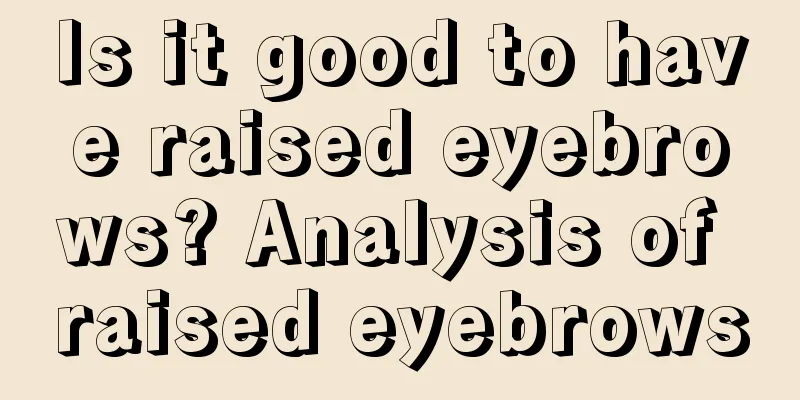UBS, Innogy and ZF jointly develop blockchain car e-wallet, blockchain becomes the basic technology of future private transportation

|
If we can use our phones to pay in shops, supermarkets and on public transport, why can’t we use a built-in electronic wallet in our cars to pay for parking, motorway tolls and car-sharing? That’s exactly what UBS, German energy company innogy and Germany’s ZF Friedrichshafen are developing. Swiss bank UBS is working with German energy company innogy SE and automotive technology company ZF Friedrichshafen AG to create a blockchain-based electric vehicle e-wallet that will allow car owners to directly pay for charging, parking, tolls and car-sharing fees using the new technology. Maybe soon your car will be able to pay for itself!The way this payment system works is that users transfer money from their PC or mobile wallet to their car wallet, and then authorize the car wallet to make certain special payments with limited amounts. For example, the car electronic wallet can automatically pay highway tolls and then notify the car owner that the transaction was successful. The e-wallet also plans to accept payments and access authorizations from third parties in the future. For example, by allowing users to gain access to the trunk of a car to place a package, those idle cars can be integrated into the wider sharing economy. According to innogy director Carsten Stöcker, another potential use case for the blockchain wallet is integration with smart power supply systems , which could use the automotive blockchain to control the vehicle charging process. Stöcker believes that “ technology-driven innovation in mobility and transportation systems will be an important driving force of the Fourth Industrial Revolution.”
UBS, Innogy’s financial services partner in this project, said
Given the rapid development of the Internet of Things, electronic payments, clean energy and sharing economy technologies, it is reasonable to assume that we will be able to buy into the era of car sharing in the near future. By then, our cars will be powered by solar energy and paid for using automatic electronic payment systems. The future of private transportationIn a recent World Economic Forum publication, Carsten Stöcker and Thomas Birr, senior innovation managers at Innogy, expressed their vision for the future of private transportation. Stöcker and Birr believe that in the future, individual car ownership will be replaced by "fleets of autonomous vehicles (FAVES)" that will be powered by electricity and shared by the general public. Car parking, use and payment will all be controlled via smartphones. This new private transportation system not only makes real economic sense (since there is no need to buy individual cars) but car insurance will become a thing of the past. It also makes sense from a social perspective, since vehicles will be used more efficiently, streets will be less congested, and the negative externalities associated with private transportation’s impact on global warming will be addressed. Stöcker and Birr believe the main drivers of the future of private transportation lie in two emerging technologies: self-driving cars and blockchain . Self-driving electric vehicles can use real-time updated traffic information to navigate in the fastest and most efficient way and be ready for passengers at all times. Blockchain allows for secure, decentralized peer-to-peer transactions, creating the underlying financial structure for future private transportation without relying on any centralized third party to pay for vehicle use. Through a blockchain-based payment system, users can rent and pay for self-driving cars at a precise point in time, without having to verify the terms and conditions of the ride with a third party. All payments during the ride, such as parking fees or tolls, will be automatically deducted from the user's mobile wallet or the built-in car e-wallet mentioned above. At the same time, blockchain can also be used to verify identity, age, insurance coverage and user payment ability, and this information is anonymous and cannot be accessed by third parties. In a blockchain-based private transportation system, car owners and users can participate equally in this transportation system without any barriers to entry or reliance on centralized services, and all participants will be able to set relevant terms, including pricing. Although Stöcker and Birr's predictions sound far-fetched, they highlight in their report that some auto industry analysts predict that self-driving cars could cut car purchases in the U.S. by 40 percent. They also point out that U.S. automaker Tesla has announced plans to allow Tesla owners to rent their cars to shared autonomous fleets when not in use. Tesla's plans are clear evidence that Stöcker and Birr's predictions about the future of private transportation may arrive much sooner than people think. |
Recommend
How is the fortune of people with black foreheads?
There is a saying in physiognomy that a black for...
No matter how many times you fork, Bitcoin will always be the only one
There has been some panic in the Bitcoin communit...
Let's understand the facial features of uneven front teeth
Everyone has teeth, and the shape of each person&...
Is the personality of a person with a crooked nose good?
People with crooked noses tend to be impatient. O...
A bull market that does not belong to Ethereum and VCs
This is a bull market that caught people off guar...
What is a phoenix eye pattern? Is a phoenix eye pattern good luck?
There are many lines on our palms, and different ...
Does a broken love line indicate that there will be twists and turns in the relationship and that there will be divorce?
How to interpret the broken love line in palmistr...
Which type of woman is most likely to bring bad luck to her husband?
Nowadays, most women want to be extraordinary on ...
Facial features of people who know how to enjoy life in the moment
Life is short, so eat whatever you want and play ...
Illustration of the 10 most auspicious moles on the body
Illustration of the 10 most auspicious moles on t...
Official Blog | What does the Filecoin Mainnet Participation Guide say?
This article was originally written by IPFS Force...
Cryptocurrency Paradise? Hawaii's cryptocurrency demand grew by more than 687% in 2021
A new report from MIQ Digital shows that Hawaii a...
What does a crooked marriage line mean in palmistry?
How to read the marriage line in palmistry? The m...
Mastercard releases experimental blockchain API and has applied for more than 30 blockchain patents to date
The fire of blockchain seems to have spread throu...
Analysis: What does it mean when a woman has no career line?
The career line represents a person's career ...









